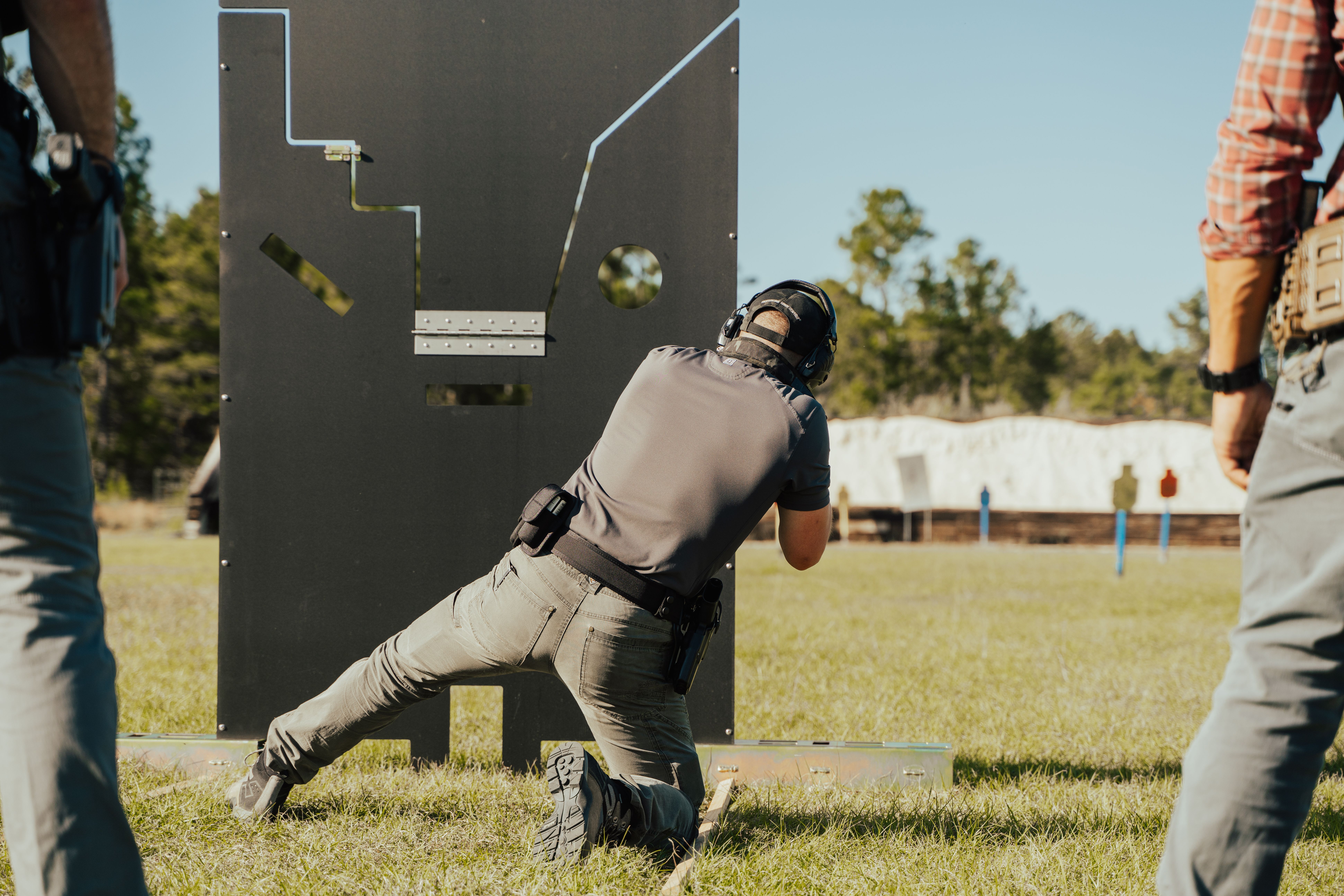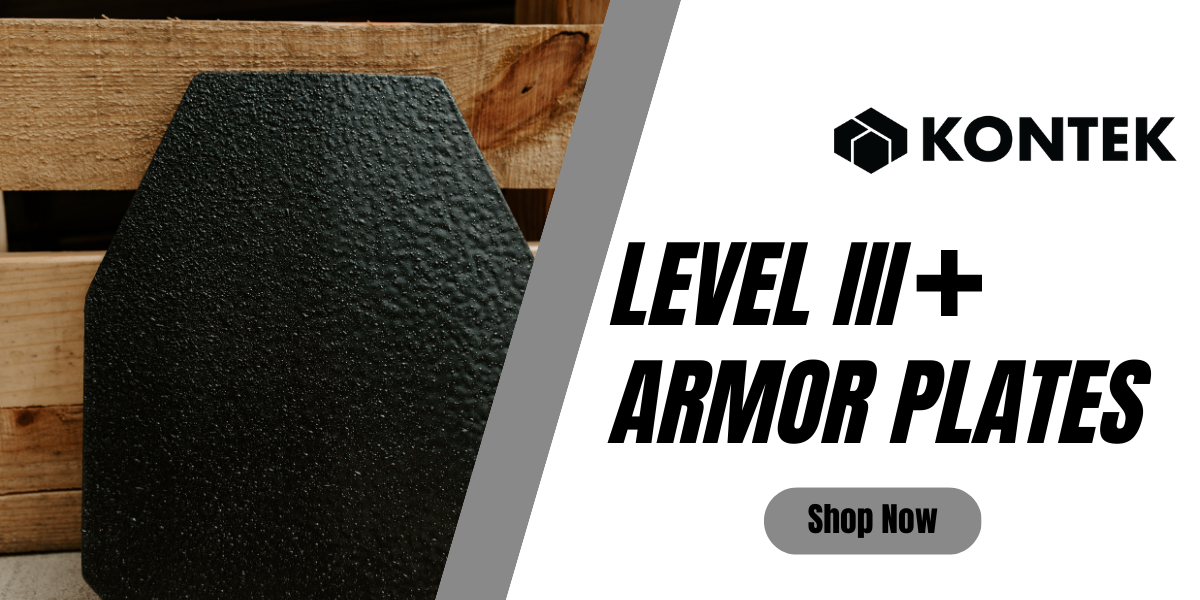
Range barricades will enhance your tactical training exercises significantly. They provide more realistic conditions much like what you would face in a situation where you must quickly take cover and fire a weapon. The effectiveness of range barricades depends heavily on how they are utilized in training. The key to training with barricades is to acknowledge all mistakes on the range rather than in the field where the consequences are much more costly. The position of your body in conjunction with the position of your weapon and points of contact are the most important factors to look over when using a barricade.
Avoid Bladed Position
When training with rifles, shooters are often pulled into an exaggerated bladed position when approaching the barricade, meaning they are not directly behind the rifle. When the shooter is not behind the rifle, there’s a less natural point of aim on the target. Another issue with having a bladed position is that recoil may not be handled as well leading to the gun being very unlikely to end up back on target. To the shooter, a bladed stance may feel more natural and supported but it is not an ideal position. In a more efficient position, the shooter should be able to take a deep breath and the gun will show a small vertical movement in the scope, but the position of the shooter will stay firm.
Points of Contact
You want to find as many points of contact with your weapon as possible. If you can find two points of contact, then you can find three. If you can find three, then you can find four. The main idea behind this is to increase balanced bone support and refrain from using any kind of position that relies too heavily on muscle. Kneeling increases the number of solid positions you’ll have to choose from. A great example would be to prop up the knee that is also on the side you are shooting from with the other knee on the ground which will allow you to rest the elbow that is connected to your shooting hand right on top of the knee that is propped up.
Rifle Positions
There are a few common ways to hold your rifle to gain maximum support behind a barricade. One way is to place your hand onto the barricade and form an “L” by resting your rifle between the edge of the barricade and your thumb. Another option is to practice placing the rifle on top of an object while forming a “C” around the rifle with your hand. You can also keep your grip, push your forearm out, and then rest it against the barricade to shoot off of that arm. The best thing about these positions is that they can be applied to either your dominant or non-dominant arm providing you with the best level of support.
Contact Kontek Industries
If you are looking to add a professionally designed range barricade to your tactical training, contact Kontek Industries to discuss what you need. Kontek’s Training Range Barricade is designed to be a cost-effective solution to provide strategic, safe, and realistic training for operators to replicate fire and movement from defensive positions in a light, rapid deployment package. You can either select from an existing catalog of designs or create your own custom barricade design with our team.
Our barricades are constructed from resilient polymers for rigid structure, designed to be safe for range training, and helps prevent ricochets. This is a cost-effective training tool that requires minimal preventative maintenance, and it advances the instruction of proper firing techniques from static and/or mobile defensive positions. Tactical training instructors will have more flexibility on the range and an increased variety of training scenarios in a shortened time and with a smaller footprint.
Contact the office at Kontek Industries today to discuss your tactical training needs.


